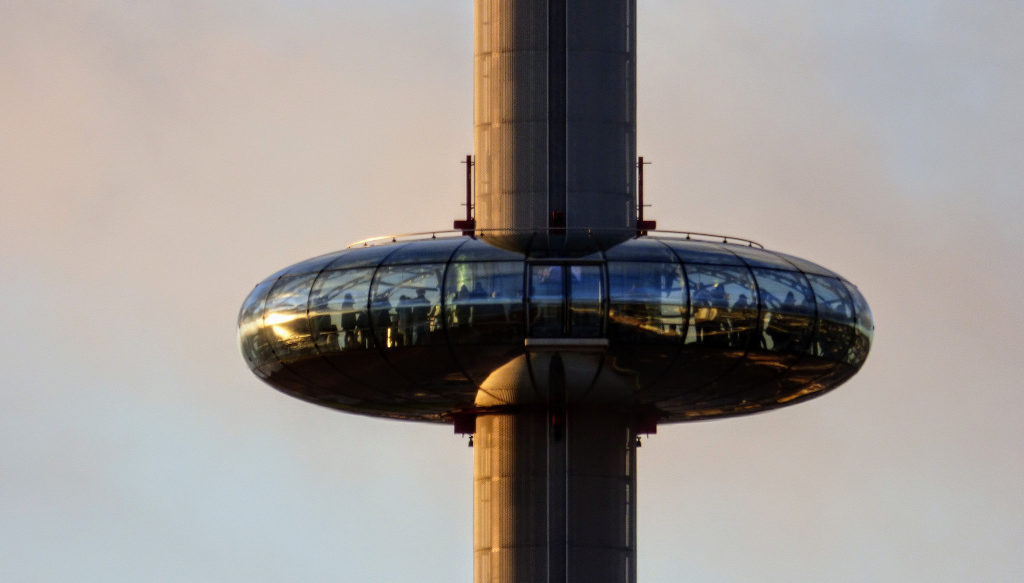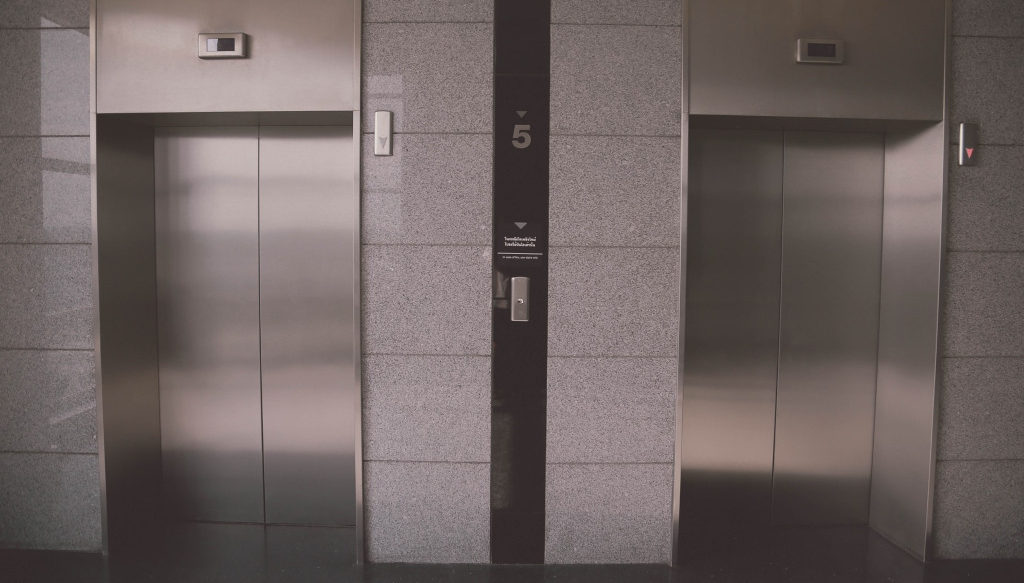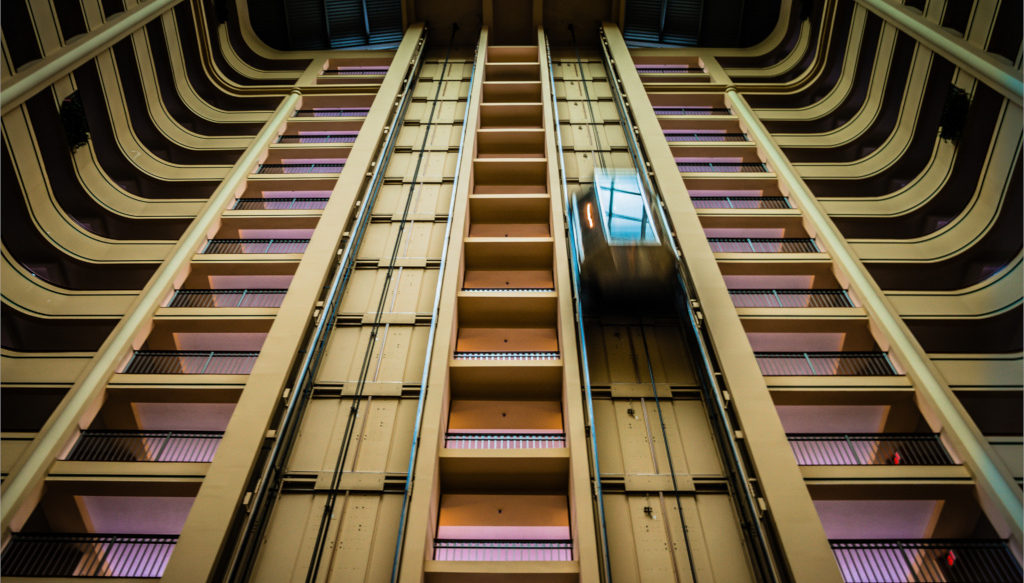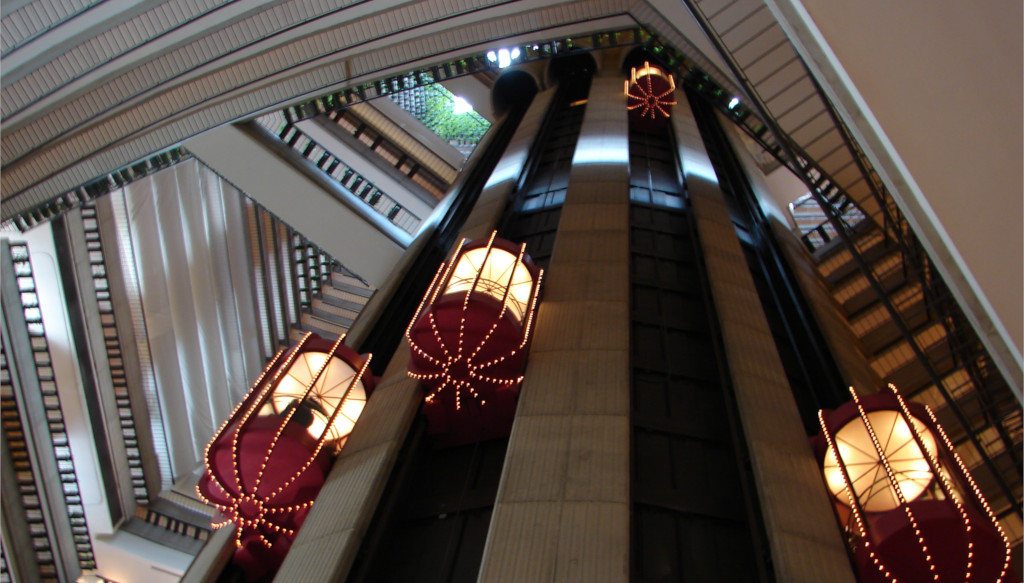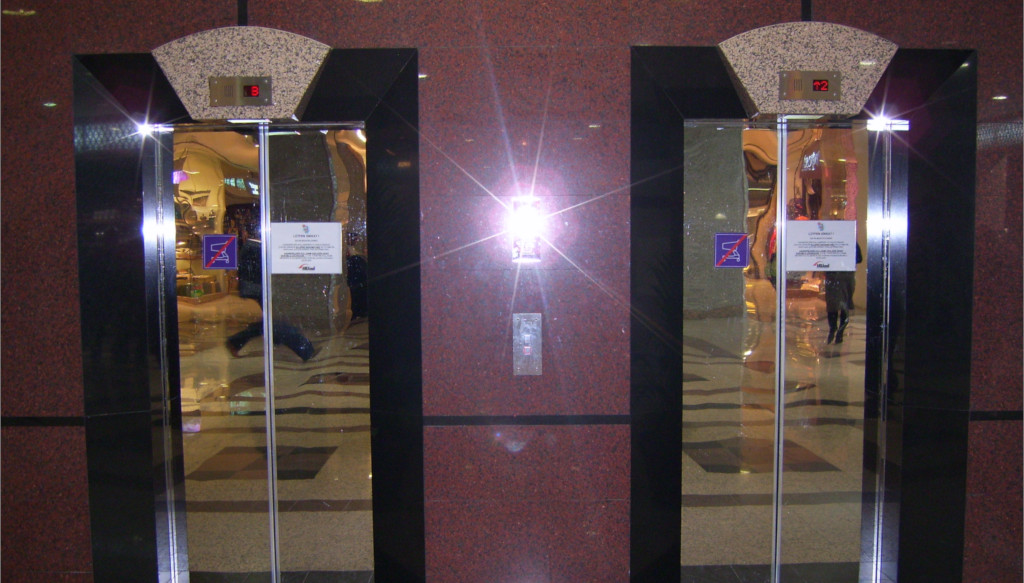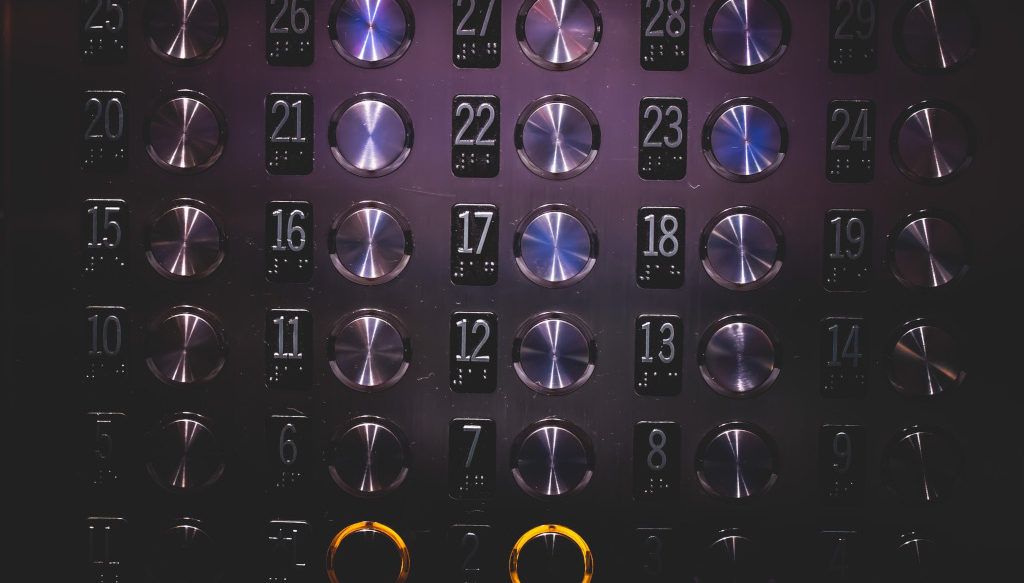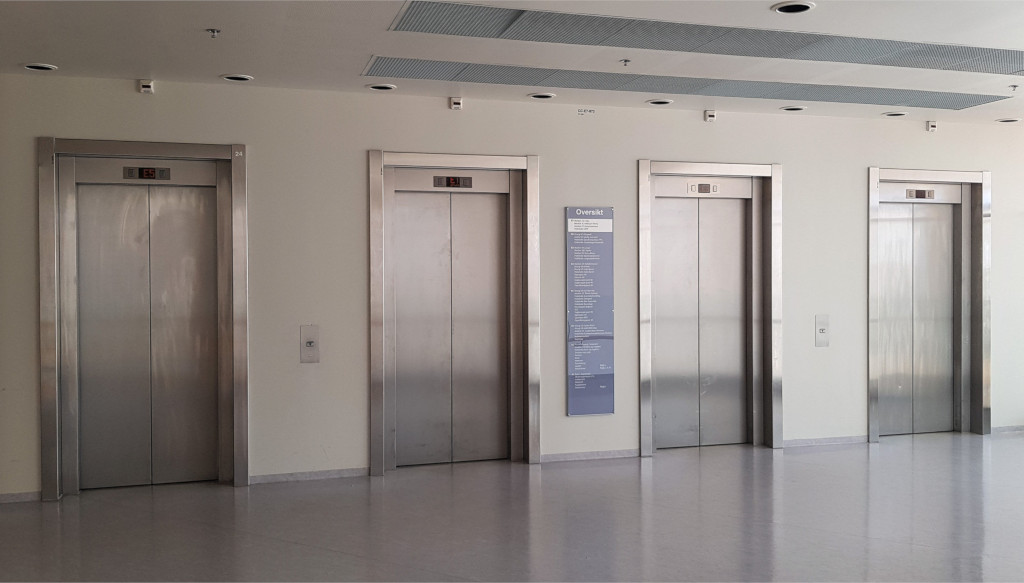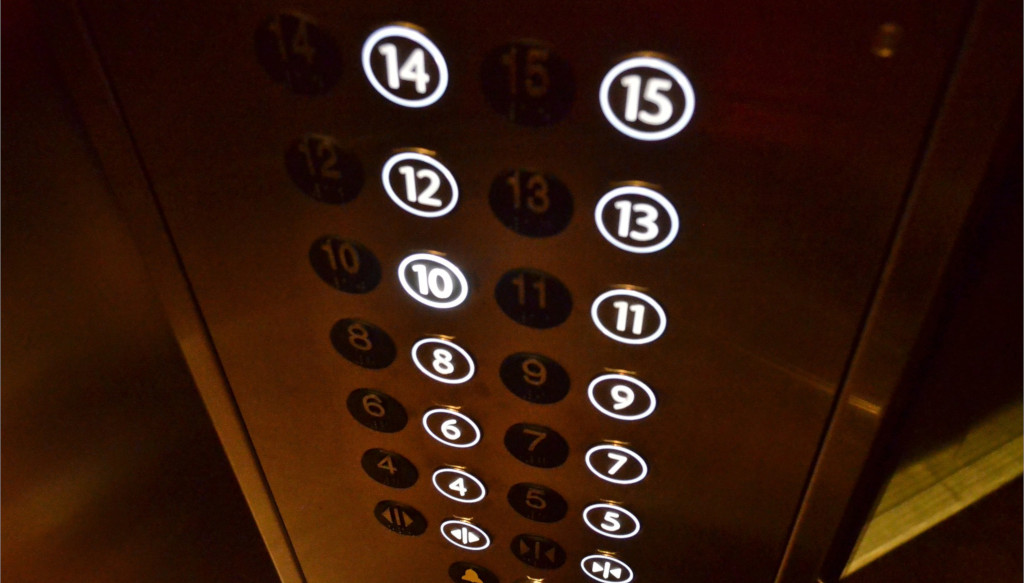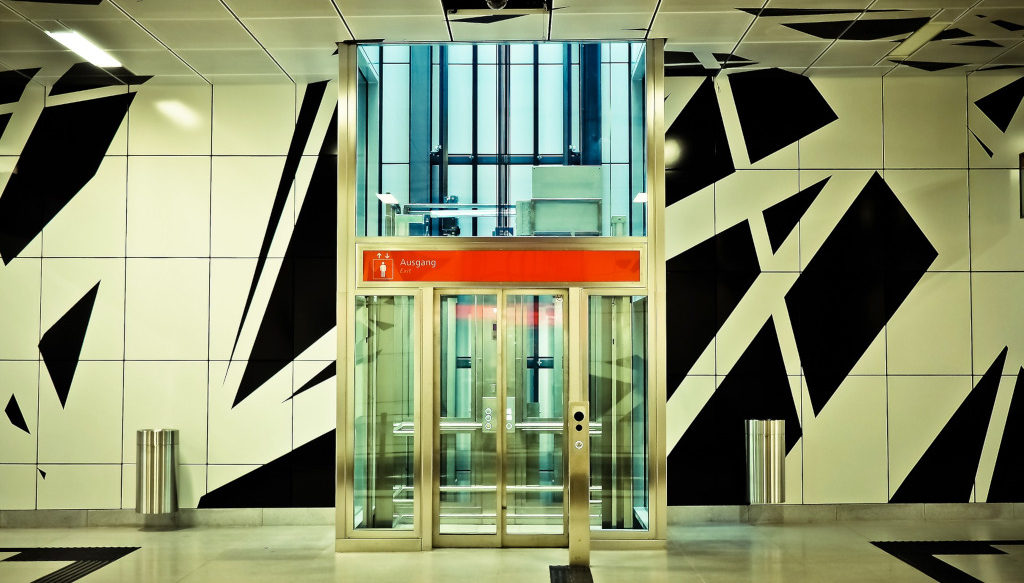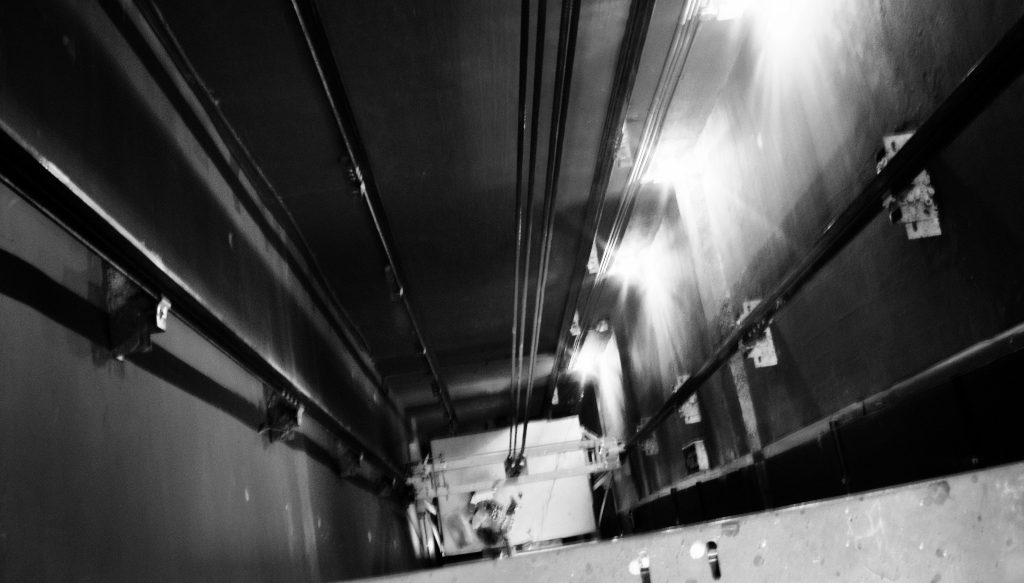PRELIMINARY REMARKS
- Obligations under essential health and safety requirements apply only where the corresponding risk exists for the lift or safety component for lifts in question when used as intended by the installer or the manufacturer.
- The essential health and safety requirements contained in the Directive are imperatives. However, given the present state of the art, the objectives which they lay down may not be attainable. In such cases, and to the greatest extent possible, the lift or safety components for lifts must be designed and constructed in such a way as to approximate to those objectives.
- The manufacturer and the installer are under an obligation to carry out a risk assessment in order to identify all the risks which apply to their products; they must then design and construct them taking account of the assessment.
- General
1.1. Application of Directive 2006/42/EC
Where the relevant risk exists and is not dealt with in this Annex, the essential health and safety requirements of Annex I to Directive 2006/42/EC of the European Parliament and of the Council (1) apply. The essential health and safety requirements of point 1.1.2 of Annex I to Directive 2006/42/EC apply in any event.
1.2. Carrier
The carrier of each lift must be a car. This car must be designed and constructed to offer the space and strength corresponding to the maximum number of persons and the rated load of the lift set by the installer.
Where the lift is intended for the transport of persons, and where its dimensions permit, the car must be designed and constructed in such a way that its structural features do not obstruct or impede access and use by disabled persons and so as to allow any appropriate adjustments intended to facilitate its use by them.
1.3. Means of suspension and means of support
The means of suspension and/or support of the car, its attachments and any terminal parts thereof must be selected and designed so as to ensure an adequate level of overall safety and to minimize the risk of the car falling, taking into account the conditions of use, the materials used and the conditions of manufacture.
Where ropes or chains are used to suspend the car, there must be at least two independent cables or chains, each with its own anchorage system. Such ropes and chains must have no joins or splices except where necessary for fixing or forming a loop.
1.4. Control of loading (including overspeed)
1.4.1. Lifts must be so designed, constructed and installed as to prevent normal starting if the rated load is exceeded.
1.4.2. Lifts must be equipped with an overspeed governor.
These requirements do not apply to lifts in which the design of the drive system prevents overspeed.
1.4.3. Fast lifts must be equipped with a speed-monitoring and speed-limiting device.
1.4.4. Lifts driven by friction pulleys must be designed so as to ensure stability of the traction cables on the pulley.
1.5. Machinery
1.5.1. All passenger lifts must have their own individual lift machinery. This requirement does not apply to lifts in which the counterweights are replaced by a second car.
1.5.2. The installer must ensure that the lift machinery and the associated devices of a lift are not accessible except for maintenance and in emergencies.
1.6. Controls
1.6.1. The controls of lifts intended for use by unaccompanied disabled persons must be designed and located accordingly.
1.6.2. The function of the controls must be clearly indicated.
1.6.3. The call circuits of a group of lifts may be shared or interconnected.
1.6.4. Electrical equipment must be so installed and connected that:
(a) there can be no possible confusion with circuits which do not have any direct connection with the lift;
(b) the power supply can be switched while on load;
(c) movements of the lift are dependent on electrical safety devices in a separate electrical safety circuit;
(d) a fault in the electrical installation does not give rise to a dangerous situation.
- Risks for persons outside the car
2.1. The lift must be designed and constructed to ensure that the space in which the car travels is inaccessible except for maintenance or in emergencies. Before a person enters that space, normal use of the lift must be made impossible.
2.2. The lift must be designed and constructed to prevent the risk of crushing when the car is in one of its extreme positions.
The objective will be achieved by means of free space or refuge beyond the extreme positions.
However, in specific cases, in affording Member States the possibility of giving prior approval, particularly in existing buildings, where this solution is impossible to fulfil, other appropriate means may be provided to avoid this risk.
2.3. The landings at the entrance and exit of the car must be equipped with landing doors of adequate mechanical resistance for the conditions of use envisaged.
An interlocking device must prevent during normal operation:
(a) starting movement of the car, whether or not deliberately activated, unless all landing doors are shut and locked;
(b) the opening of a landing door when the car is still moving and outside a prescribed landing zone.
However, all landing movements with the doors open shall be allowed in specified zones on condition that the levelling speed is controlled.
- Risks for persons in the car
3.1. Lift cars must be completely enclosed by full-length walls, fitted floors and ceilings included, with the exception of ventilation apertures, and with full-length doors. These doors must be so designed and installed that the car cannot move, except for the landing movements referred to in the third subparagraph of point 2.3, unless the doors are closed, and comes to a halt if the doors are opened.
The doors of the car must remain closed and interlocked if the lift stops between two levels where there is a risk of a fall between the car and the shaft or if there is no shaft.
3.2. In the event of a power cut or failure of components the lift must have devices to prevent free fall or uncontrolled movements of the car.
The device preventing the free fall of the car must be independent of the means of suspension of the car.
This device must be able to stop the car at its rated load and at the maximum speed anticipated by the installer. Any stop occasioned by this device must not cause deceleration harmful to the occupants whatever the load conditions.
3.3. Buffers must be installed between the bottom of the shaft and the floor of the car.
In this case, the free space referred to in point 2.2 must be measured with the buffers totally compressed.
This requirement does not apply to lifts in which the car cannot enter the free space referred to in point 2.2 by reason of the design of the drive system.
3.4. Lifts must be so designed and constructed as to make it impossible for them to be set in motion if the device provided for in point 3.2 is not in an operational position.
- Other risks
4.1. The landing doors and car doors or the two doors together, where motorized, must be fitted with a device to prevent the risk of crushing when they are moving.
4.2. Landing doors, where they have to contribute to the protection of the building against fire, including those with glass parts, must be suitably resistant to fire in terms of their integrity and their properties with regard to insulation (containment of flames) and the transmission of heat (thermal radiation).
4.3. Counterweights must be so installed as to avoid any risk of colliding with or falling on to the car.
4.4. Lifts must be equipped with means enabling people trapped in the car to be released and evacuated.
4.5. Cars must be fitted with two-way means of communication allowing permanent contact with a rescue service.
4.6. Lifts must be so designed and constructed that, in the event of the temperature in the lift machine exceeding the maximum set by the installer, they can complete movements in progress but refuse new commands.
4.7. Cars must be designed and constructed to ensure sufficient ventilation for passengers, even in the event of a prolonged stoppage.
4.8. The car should be adequately lit whenever in use or whenever a door is opened; there must also be emergency lighting.
4.9. The means of communication referred to in point 4.5 and the emergency lighting referred to in point 4.8 must be designed and constructed so as to function even without the normal power supply. Their period of operation should be long enough to allow normal operation of the rescue procedure.
4.10. The control circuits of lifts which may be used in the event of fire must be designed and manufactured so that lifts may be prevented from stopping at certain levels and allow for priority control of the lift by rescue teams.
- Marking
5.1. In addition to the minimum particulars required for any machine pursuant to point 1.7.3 of Annex I to Directive 2006/42/EC, each car must bear an easily visible plate clearly showing the rated load in kilograms and the maximum number of passengers which may be carried.
5.2. If the lift is designed to allow people trapped in the car to escape without outside help, the relevant instructions must be clear and visible in the car.
- Instructions
6.1. The safety components for lifts referred to in Annex III must be accompanied by instructions, so the following can be carried out effectively and without danger:
(a) assembly;
(b) connection;
(c) adjustment;
(d) maintenance.
6.2. Each lift must be accompanied by instructions. The instructions shall contain at least the following documents:
(a) instructions containing the plans and diagrams necessary for normal use and relating to maintenance, inspection, repair, periodic checks and the rescue operations referred to in point 4.4;
(b) a logbook in which repairs and, where appropriate, periodic checks can be noted.

